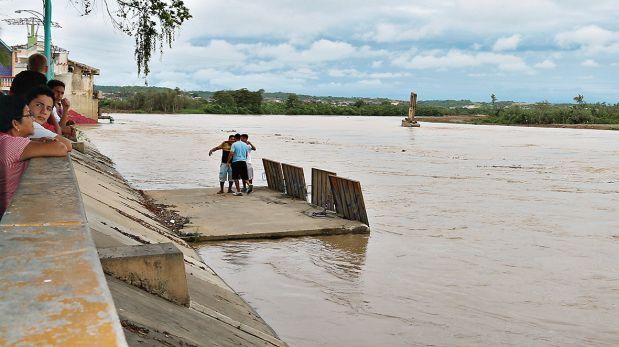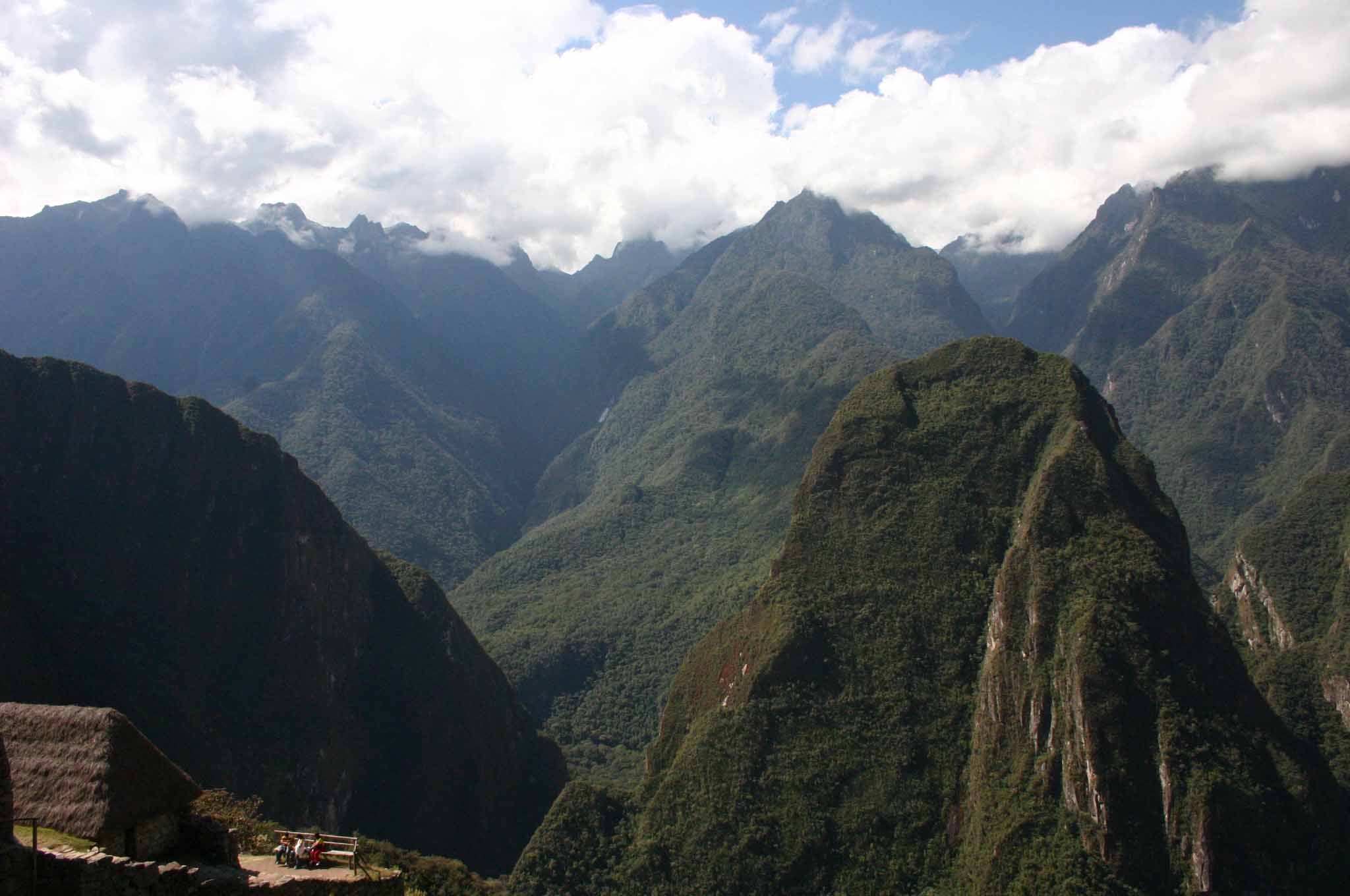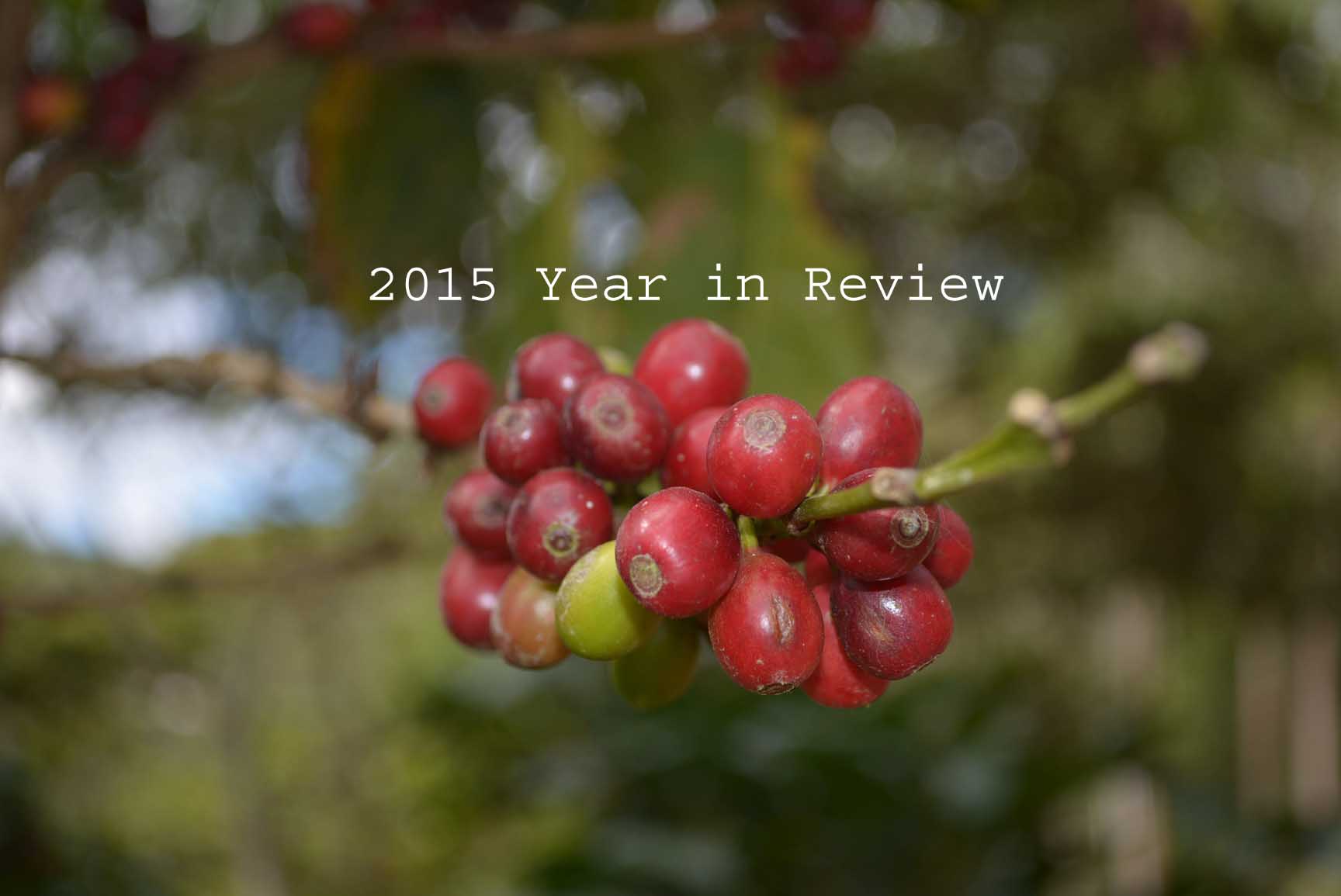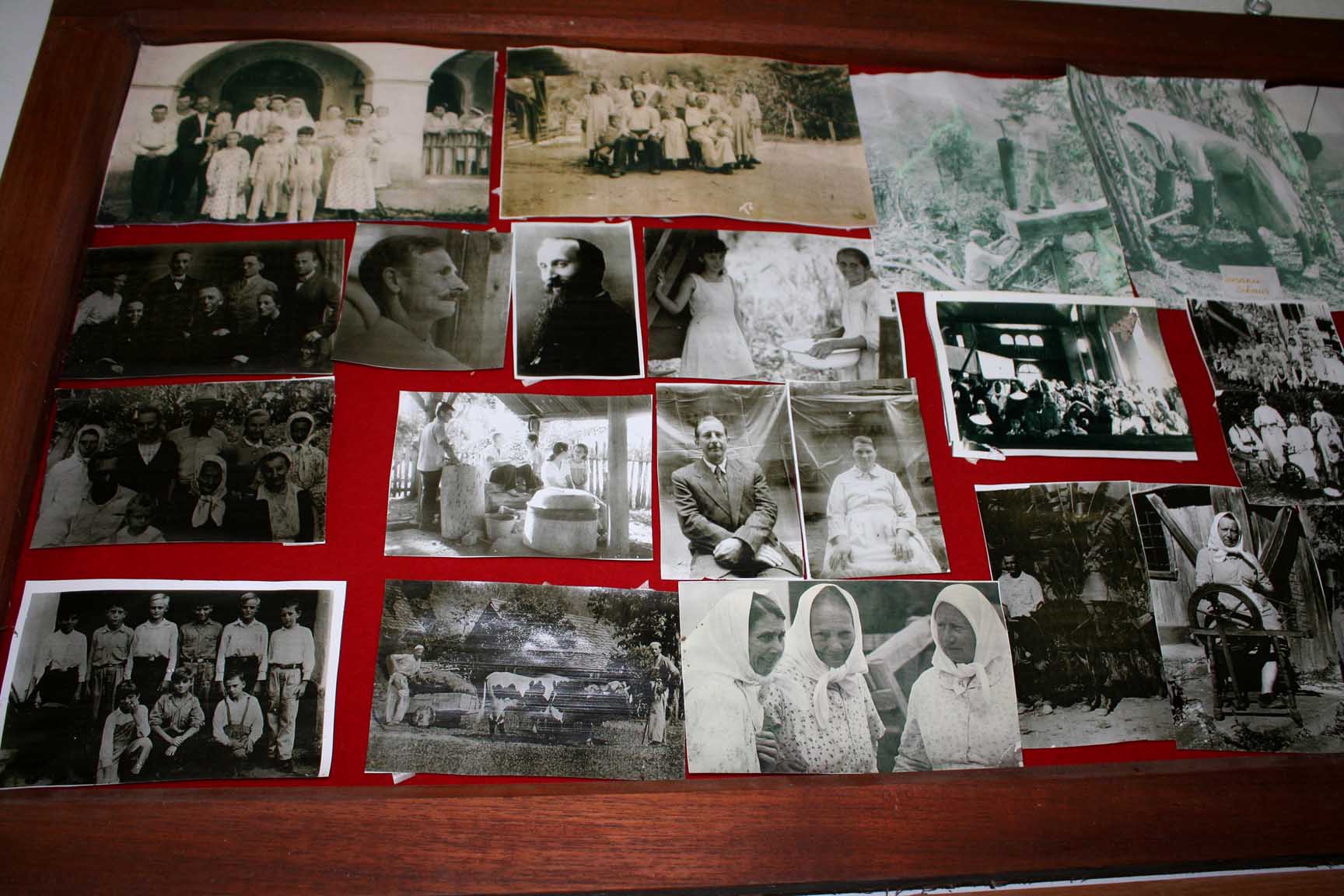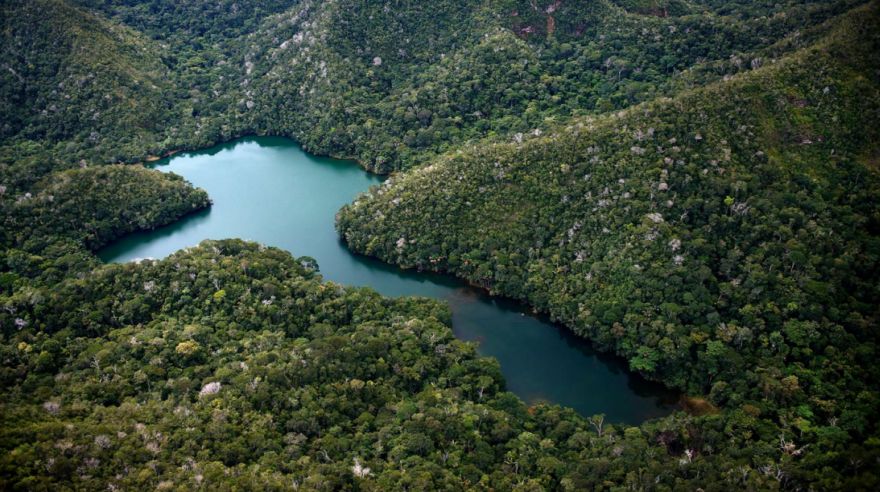Machu Picchu celebrates its 35th anniversary as a World Heritage Site
Via El Comercio Peru (Google translate with authors corrections for clarity.)
The Inca citadel of Machu Picchu was declared a Historical and Cultural Heritage Site by Unesco in 1981 and today celebrates the 35th anniversary of the event with the expectation of not becoming an endangered heritage, José Carlos Nieto, head of National Service of Protected Natural Areas (Sernanp) said in that historical and natural sanctuary.
Nieto said that in the last two years the situation among all the institutions collaborating in Machu Picchu “has changed a lot” because they have managed “agreements and consensus” to prevent risks to the Inca citadel.
A Unesco mission will visit between 26 and 30 January, the region of Cuzco and Machu Picchu for a meeting. Nieto defined the meeting as “advisory” and observed that the world body had made this monument.
The head of the Sanctuary said that Unesco is not only a “watchdog but also help support the requirements” and hementioned the Master Plan approved in April 2015, which is in the application process.
Among the requirements made by UNESCO is implementing a design of urban planning that defines the boundaries of the modern town of Machu Picchu, and the parameters of the buildings, such as height and building characteristics.
A Long Celebration
In addition to the implementation of these plans to better preserve the site, the Peruvian authorities plan to celebrate the 35th anniversary as a World Heritage Site with a series of activities throughout the year including a photographic show, competitions, book presentations and symposia.
In July, the photo exhibition “35 years of the Historic Sanctuary of Machu Picchu” will open and present the book “Natural Machu Picchu” to show the “other unappreciated component” which is the diversity of the area and, according to Nieto, “It will give value to all the advances in environmental research” that have been done.
In August two competitions for students of Cuzco, related to the design and composition of an essay on the sanctuary, and in October a symposium on Cultural and Natural Research will be held in Machu Picchu will be promoted.
World Renowned Attraction
The historical and natural sanctuary of Machu Picchu has a total of 32,592 hectares where 4,187 species of fauna and flora like twelve ecological systems that allow the existence of this unique biodiversity is conserved.
The Inca ruins are Peru‘s main tourist destination, with an average of 2,500 visitors a day, so that in recent years the authorities have taken a series of measures to ease tourist traffic, such as opening evening hours to reduce the amount of people visiting the place during the first hour. (EFE)
